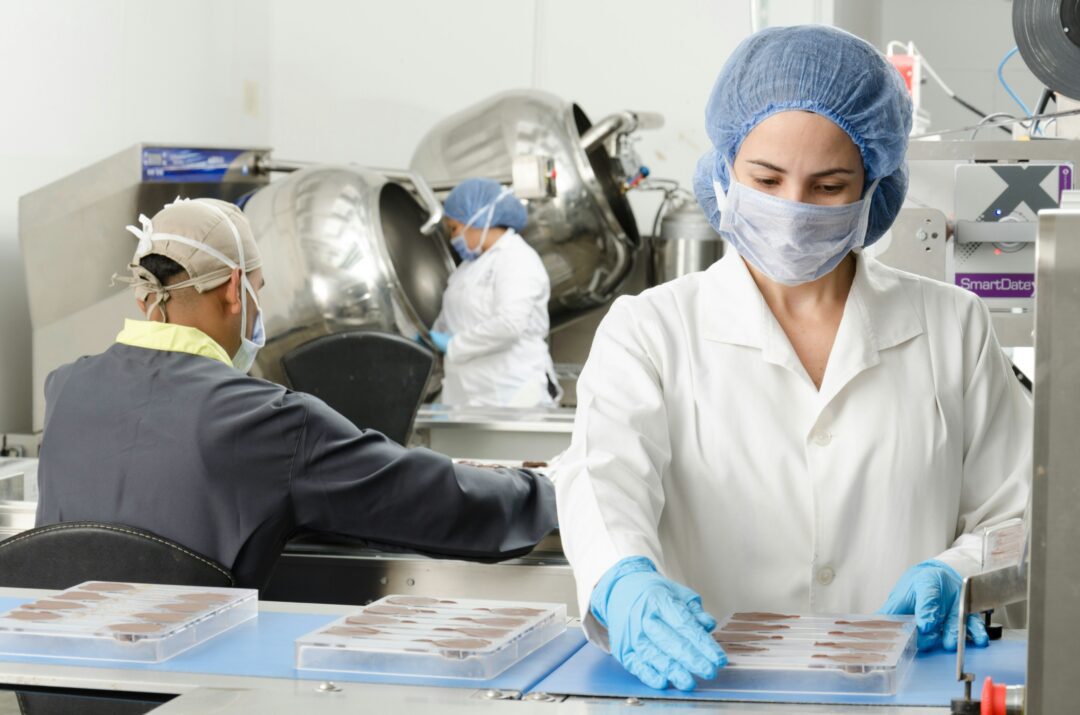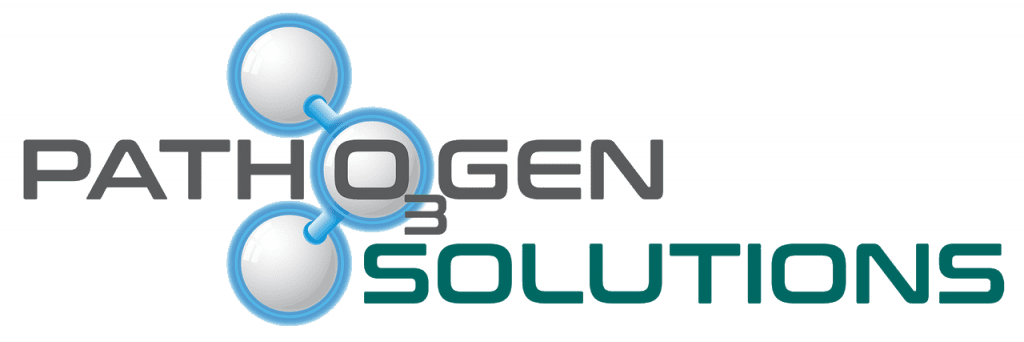Understanding Common Shoe-Borne Pathogens in Healthcare Settings
Shoes
In the bustling environment of healthcare facilities, maintaining a hygienic environment is paramount. However, one often overlooked aspect of infection control is the role of footwear in harboring and spreading pathogens. In this article, we delve into the realm of common shoe-borne pathogens and the significant threats they pose in healthcare settings.
Identifying the Culprits: Common Shoe-Borne Pathogens
Shoes, often overlooked as potential vectors of infection, can harbor a variety of pathogens capable of causing serious harm in healthcare settings. Understanding these common culprits is crucial for implementing effective infection control measures:
- Staphylococcus aureus (Staph): This resilient bacterium is not only a common inhabitant of the skin and nasal passages but also a formidable adversary in healthcare environments. When introduced via contaminated footwear, Staphylococcus aureus can instigate a spectrum of infections, ranging from seemingly benign skin irritations to life-threatening conditions such as sepsis and pneumonia. Its ability to develop resistance to antibiotics further complicates treatment strategies, underscoring the importance of proactive prevention measures.
- Clostridium difficile (C. diff): Renowned for its tenacity and ability to survive in harsh conditions, Clostridium difficile presents a formidable challenge in healthcare facilities. When unwittingly transported via shoes, this bacterium can initiate a cascade of debilitating symptoms, including severe diarrhea and life-threatening colitis, particularly in individuals with compromised immune systems. The resilient spores of C. diff can persist on surfaces for prolonged periods, exacerbating the risk of transmission and necessitating stringent disinfection protocols.
- Norovirus: Infamous for its highly contagious nature and resistance to many conventional disinfectants, norovirus poses a significant threat within healthcare settings. Shoes contaminated with this viral pathogen can serve as vehicles for transmission, precipitating outbreaks of gastroenteritis characterized by intense vomiting, diarrhea, and dehydration. The rapid spread of norovirus highlights the urgent need for comprehensive infection control strategies, including targeted shoe disinfection protocols, to mitigate its impact on vulnerable populations.
- Methicillin-resistant Staphylococcus aureus (MRSA): As a notorious agent of healthcare-associated infections, MRSA presents a formidable challenge to infection control efforts. Resistant to multiple antibiotics, this strain of Staphylococcus aureus can colonize the skin and mucous membranes, gaining entry into healthcare environments via contaminated footwear. The consequences of MRSA transmission can range from localized skin infections to severe pneumonia and bloodstream infections, necessitating vigilant surveillance and robust preventive measures, including the implementation of shoe disinfection technologies.
Understanding the diverse array of pathogens that may lurk on shoe soles underscores the importance of proactive measures to mitigate their spread within healthcare settings. By targeting these common culprits through effective shoe disinfection strategies, healthcare facilities can enhance their infection control protocols and safeguard the health and well-being of patients, staff, and visitors alike.
The Urgent Need for Effective Shoe Disinfection
In the perpetual battle against healthcare-associated infections (HAIs), traditional cleaning methods, though valuable, often prove inadequate in tackling the insidious threat posed by shoe-borne pathogens. While diligent efforts may be made to sanitize surfaces and maintain hygienic environments, the microbial reservoirs nestled within the treads of shoes remain a hidden danger, perpetuating the cycle of transmission and undermining infection control efforts.
Mopping floors and employing surface disinfectants, while essential components of cleaning protocols, frequently overlook the overlooked microbial hotspots residing on shoe soles. These often-neglected areas serve as clandestine havens for pathogens, facilitating their transfer from one surface to another with every step taken. Consequently, despite meticulous cleaning regimens, healthcare facilities remain vulnerable to the insidious spread of infections facilitated by contaminated footwear.
To truly fortify the defenses against HAIs, there arises an imperative for a paradigm shift in infection control strategies—one that acknowledges and addresses the role of shoes as potential vectors of disease transmission. It is here that the urgent need for effective shoe disinfection technologies becomes apparent. By implementing targeted solutions designed to eradicate pathogens from shoe soles, healthcare facilities can break the chain of transmission at its source, mitigating the risk of cross-contamination and safeguarding the well-being of patients, staff, and visitors alike.
In the quest for comprehensive infection control, the efficacy of shoe disinfection cannot be overstated. By embracing innovative technologies tailored to combat shoe-borne pathogens, healthcare facilities can fortify their defenses and usher in a new era of safety and hygiene.
Enter UVZone Shoe Disinfection: A Game-Changer in Infection Control
In the relentless pursuit of safeguarding healthcare environments from the threat of pathogens, UVZone Shoe Disinfection emerges as a beacon of innovation and efficacy. Representing a paradigm shift in infection control strategies, this cutting-edge technology offers a revolutionary solution to combat the insidious spread of contaminants via footwear.
Harnessing the formidable power of ultraviolet-C (UV-C) light, UVZone Shoe Disinfection operates as a formidable barrier against microbial intruders. With precision and efficacy, UV-C irradiation penetrates the tiniest crevices and recesses of shoe soles, leaving no refuge for pathogens to evade destruction. By leveraging this advanced disinfection mechanism, UVZone effectively obliterates up to 99.9% of pathogens, including the notorious culprits such as Staphylococcus aureus (Staph), Clostridium difficile (C. diff), norovirus, and methicillin-resistant Staphylococcus aureus (MRSA).
The transformative potential of UVZone extends beyond mere pathogen eradication; it embodies a holistic approach to infection control, addressing the root cause of contamination at its source. By implementing UVZone Shoe Disinfection protocols, healthcare facilities can fortify their defenses against the relentless onslaught of infectious agents, minimizing the risk of cross-contamination and safeguarding the health and well-being of patients, staff, and visitors alike.
Moreover, UVZone’s efficacy is matched only by its efficiency and convenience. With rapid disinfection cycles and seamless integration into existing workflows, UVZone empowers healthcare professionals to uphold stringent hygiene standards without impeding productivity or workflow efficiency. This combination of effectiveness and practicality positions UVZone as not just a technological marvel but a pragmatic solution for the relentless battle against healthcare-associated infections.
In summary, UVZone Shoe Disinfection stands as a testament to the relentless pursuit of innovation in infection control. With its unparalleled efficacy, efficiency, and convenience, UVZone heralds a new era in healthcare hygiene—one where the threat of pathogens is met with unwavering resilience and uncompromising vigilance.
Why Choose UVZone Shoe Disinfection for Your Healthcare Facility
In the intricate tapestry of infection control within healthcare facilities, selecting the most effective tools is paramount. Amidst the array of options, UVZone Shoe Disinfection emerges as the quintessential choice, offering a trifecta of benefits that redefine the standards of hygiene and safety.
- Comprehensive Protection: UVZone stands as a stalwart guardian against the insidious threat of shoe-borne pathogens. By targeting these microbial intruders at their source, UVZone creates a fortified barrier, shielding patients, staff, and visitors from the perils of contamination. With each disinfection cycle, UVZone fortifies the defenses of healthcare environments, cultivating an oasis of safety amidst the tumult of infectious agents.
- Efficiency and Ease of Use: In the fast-paced realm of healthcare, efficiency is paramount. UVZone embodies this ethos with its hands-free operation and swift disinfection cycles. Seamlessly integrated into daily workflows, UVZone augments productivity without imposing burdensome demands on staff. With a simple step onto the platform, healthcare professionals can activate UVZone’s potent disinfection mechanisms, ensuring uncompromising hygiene with minimal disruption.
- Cost-Effective Solution: Amidst the fiscal constraints of modern healthcare, UVZone emerges as a beacon of economic prudence. Compared to labor-intensive manual disinfection methods or the recurrent expense of disposable shoe covers, UVZone offers a cost-effective alternative for long-term infection control. With its durable construction and minimal maintenance requirements, UVZone represents a sound investment in the sustainability of infection prevention efforts, sparing healthcare facilities from the burdens of exorbitant costs and resource depletion.
In essence, UVZone Shoe Disinfection transcends the realm of mere technology; it embodies a commitment to excellence in infection control. With its comprehensive protection, efficiency, and cost-effectiveness, UVZone empowers healthcare facilities to navigate the complexities of infection prevention with confidence and resilience, forging a path towards a safer, healthier future for all.
Taking a Proactive Approach to Infection Control
In the battle against healthcare-associated infections, every precaution counts. By addressing the threat of shoe-borne pathogens with UVZone Shoe Disinfection, healthcare facilities can bolster their infection control measures and safeguard the well-being of all who enter their doors.
Ready to Step Up Your Infection Control Game? Contact Us Today!

